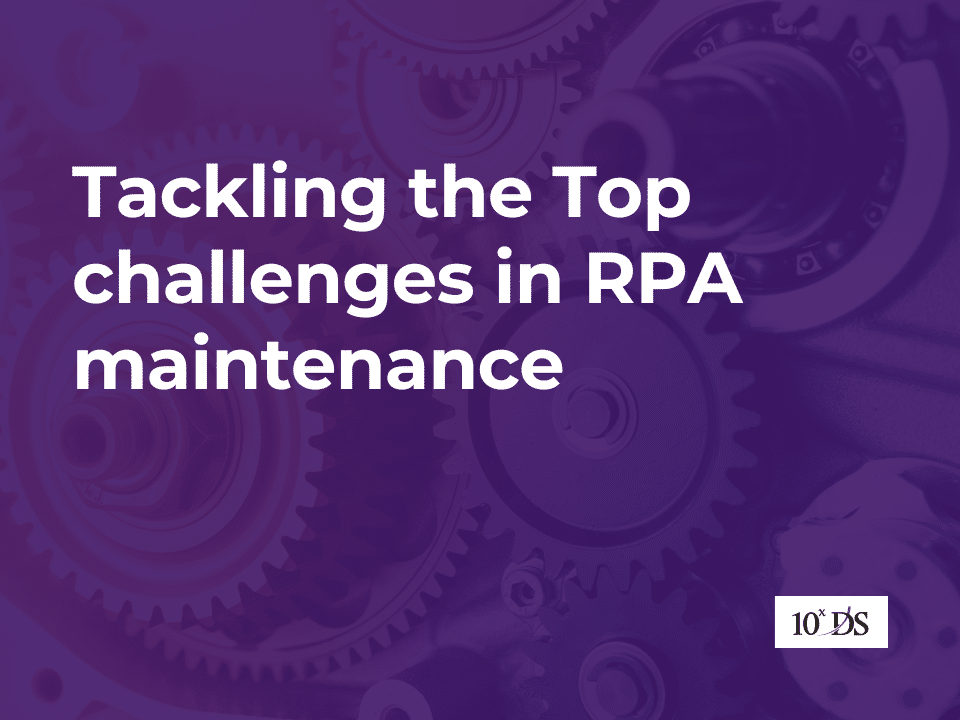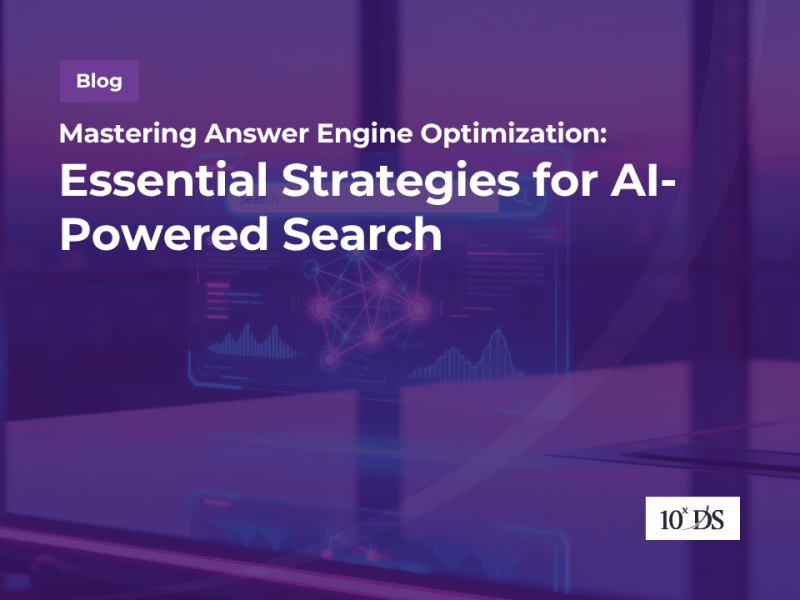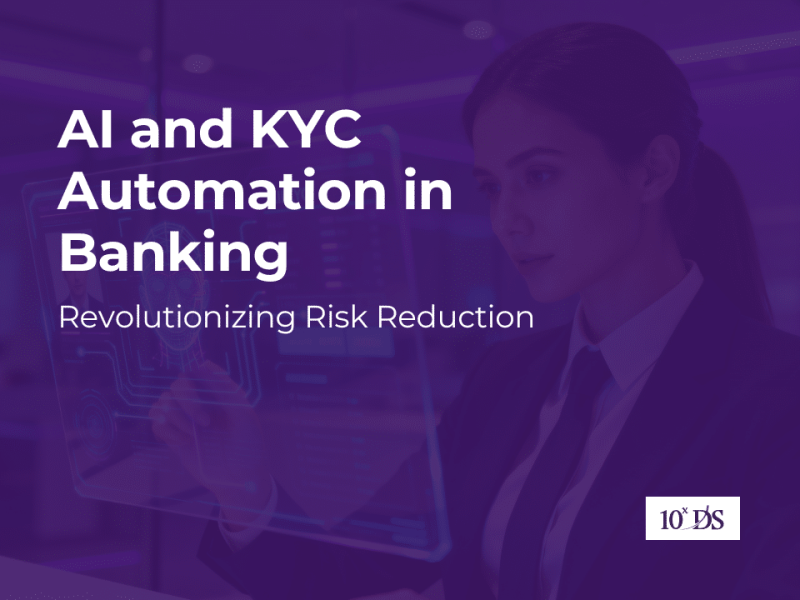
Tackling the Top challenges in RPA maintenance
Robotic Process Automation (RPA) promises significant returns on investment (ROI) by automating repetitive tasks, reducing errors, and freeing up human resources for more strategic activities. Many businesses have reported substantial efficiency gains and cost savings from RPA implementation. These benefits often include faster processing times, improved accuracy, and enhanced compliance, which collectively contribute to a positive financial impact. It is essential for enterprises to consider and plan for the ongoing maintenance and support needed to sustain these gains and ensure long-term success. Bots require regular updates and monitoring to adapt to changes in the business environment, software updates, and evolving process requirements.
Maintaining RPA bots involves continuous monitoring and performance tracking to ensure they operate effectively, along with regular updates and patching to accommodate changes in underlying systems and applications. Error handling and troubleshooting are crucial to address unexpected issues, while reconfiguration is necessary to align bots with evolving business processes. Security management, including access controls and data protection, is essential to safeguard sensitive information. Additionally, ensuring scalability and managing workloads, conducting regular audits and compliance checks, and providing user training and support are all vital aspects to sustain the bots’ reliability and efficiency, ensuring they continue to deliver value over time.
Let us explore the challenges faced in RPA maintenance and how to overcome these challenges:
Frequent Process Changes:
Business processes are inherently dynamic, often changing due to shifts in business strategy, regulatory requirements, or operational improvements. RPA bots programmed to follow specific workflows must be reconfigured to align with these changes. A financial institution may update its loan processing procedures to comply with new regulatory guidelines. The RPA bots handling loan applications need to be reprogrammed to incorporate these new steps and ensure compliance. This constant need for updates can strain maintenance resources.
Implementing a change management framework that includes regular reviews and updates of RPA workflows is a must and usage of version control systems to manage and track changes in bot scripts should be made a practice. Close collaboration between process owners and RPA developers is necessary to quickly adapt bots to new process requirements.
Handling Exceptions and Errors:
RPA bots are designed to automate repetitive tasks based on predefined rules. However, they can encounter unexpected errors or exceptions due to changes in input data, system environments, or integration points. An RPA bot processing invoices may encounter an unexpected data format from a new supplier, causing it to fail. Identifying the root cause, updating the bot to handle the new data format, and ensuring it can manage similar future exceptions requires significant troubleshooting and reconfiguration effort.
Robust error-handling and logging mechanisms within the bots to capture and report exceptions in real-time should be developed as a deliverable during the implementation. A monitoring system that provides alerts for bot failures and anomalies will be helpful in identifying root causes and implementing fixes. Practice of regular testing and validation of bots to identify and resolve potential issues will be helpful to avoid any impact on the operations.
Scalability and Performance Management:
As the volume of automated tasks increases, RPA bots need to scale accordingly. Ensuring they can handle higher workloads without degrading performance is critical. Effective resource management and load balancing are essential to maintain efficiency. During peak shopping seasons, an e-commerce company might experience a surge in order processing volume. RPA bots managing order confirmations, inventory updates, and shipping notifications need to scale up to handle the increased load. If not properly managed, this can lead to system slowdowns or failures, affecting customer satisfaction.
In order to overcome this, bots should be designed with scalability in mind, ensuring they can handle increased loads through parallel processing and load balancing and auto-scaling solutions should be implemented that dynamically allocate resources based on workload demands. Bot performance should be monitored to manage resource utilization continuously.
Security and Compliance:
RPA bots often deal with sensitive data and critical business processes, making security and compliance paramount. Ensuring that bots adhere to data protection regulations and security protocols is a continuous challenge, especially as regulations evolve. For a healthcare provider using RPA bots to manage patient records needs to maintain compliance to standards. Maintaining compliance with HIPAA (Health Insurance Portability and Accountability Act) requires robust encryption, access controls, and regular audits to ensure that bots do not expose or mishandle sensitive patient information.
Stringent access control measures should be implemented to ensure that only authorized personnel can modify bot configurations. And sensitive data processed by bots should be encrypted. Organizations should also conduct regular security audits and compliance checks to ensure bots meet regulatory requirements.
Integration with Changing Systems:
RPA bots interact with various applications and systems, which are frequently updated or replaced. Maintaining seamless integration with these changing systems is complex and requires constant adaptation to ensure bots function correctly. An RPA bot in a manufacturing company might integrate with an ERP system to manage inventory. If the ERP system is upgraded to a new version or replaced with different software, the bot needs to be reprogrammed to interface correctly with the new system, ensuring uninterrupted operations.
Establishing a robust integration framework is important in an RPA program to allow for easy adaptation to new systems and versions and comprehensive documentation needs to be maintained for all integration points and dependencies. Collaboration with IT teams can help to stay informed about upcoming system changes and plan bot updates accordingly.
By proactively addressing these challenges with the outlined steps, organizations can enhance the reliability and effectiveness of their RPA implementations, ensuring sustained value and performance.
Talk to our experts to know more.


